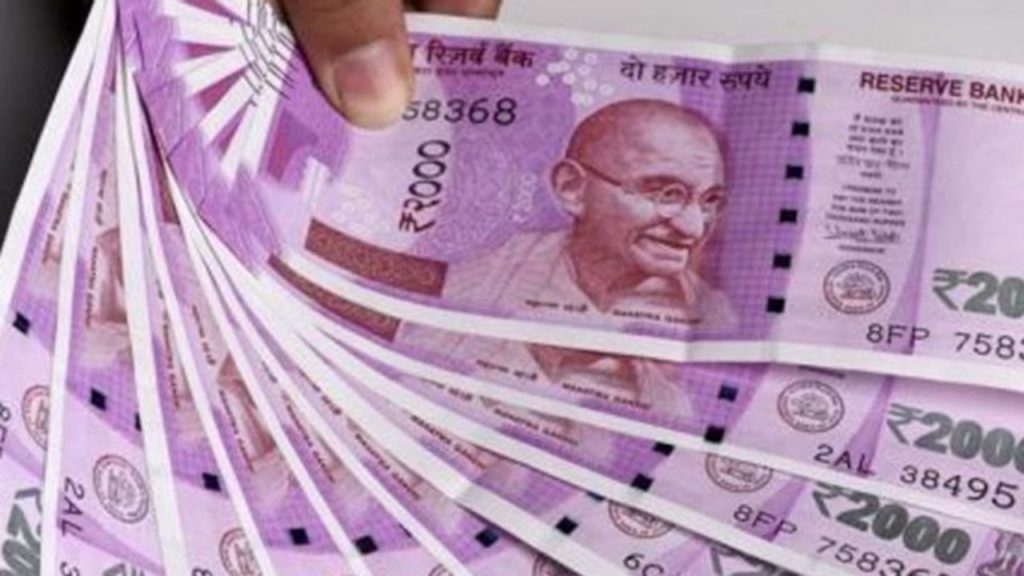Banks Ordered To Refund Interest Charged During Moratorium: Rs 7000 Cr Expense For Banks?

The government is unwilling to compensate for the last year’s moratorium and the compound interest refunds for loans above ?2 crore will cost Indian lenders over ?7,000 crore this quarter.
The government during the March 1-August 31 moratorium agreed to make good compound interest refunds of loans up to ?2 crore. It had credited ?6,500 crore to banks in this respect but since it made no commitment about the rest, bankers have been forced to take a hit.
The head of a PSB said that the matter has beentaken up with the government by The Indian Banks’ Association.
Banks Will Take A Hit Of ?300-400 crore Each
Calling one time hit as acceptable, a banker on the condition of anonymity said that there is no choice but to refund the borrowers, which means each bank taking a hit of almost ?300-400 crore. He added that they do not intend to challenge the Supreme court order and also that all other parts of the order were fine by them.
The apex court during the last month said that no compound interest can be charged from borrowers for the entire six-month loan moratorium. Board-approved policies on refunding compound interest have been directed by Reserve Bank of India (RBI) to all lenders.
In the March quarter financial statements, all lenders have been asked by RBI to disclose the amount to be refunded and irrespective of whether the moratorium was fully or partially availed or not availed, relief will be applicable to all the borrowers.
For the borrowers who did not avail of the moratorium, asset classification would continue as per Income Recognition and Asset Classification (IRAC) norms, said RBI. The regulator added that for those who did avail the moratorium, asset classification would be as per IRAC norms with effect from September 1, 2020.
Non Performing Assets of Banks Shall Rise in 2021, 2022 : ICRA
NPAs of banks which was at 8.6% on March 31, 2020 shall rise to 9.6-9.7% by March 31, 2021, and to 9.9-10.2% by March 31, 2022 said rating agency ICRA.
Despite the pandemic on the debt servicing capability of borrowers, as against ?3.6 lakh crore during 2019-20, fresh slippages or incremental bad loans stood much lower at ?1.8 lakh crore in April-December.
The reason behind this, according the rating agency ICRA, is relief measures which include moratorium on loan repayment, standstill on asset classification and liquidity extension to borrowers under the guaranteed emergency credit line.
However, because of significant provisions made on legacy bad loans the net NPAs are expected to be relatively lower.
Hence the solvency position for the banks shall be relatively better due to the improved capital position driven by fresh capital raise during FY21 and the internal accruals buffered by a sharp decline in bond yields.

Comments are closed, but trackbacks and pingbacks are open.